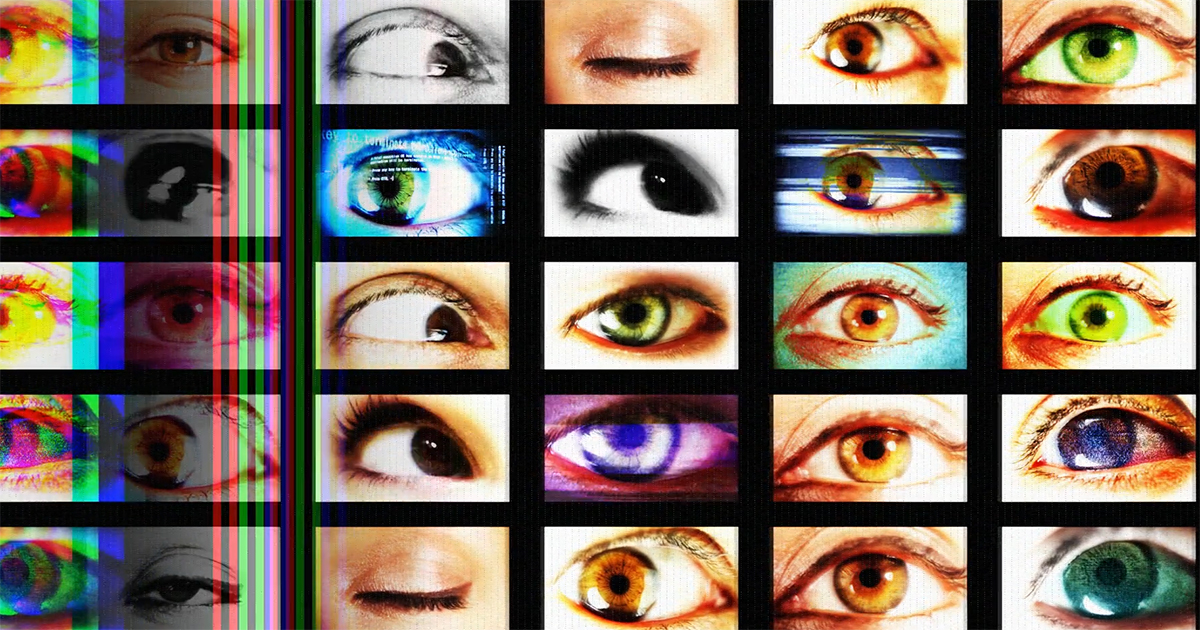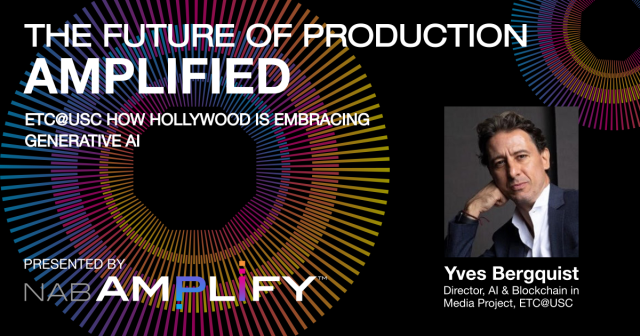
TL;DR
- A new generative AI video streamer will emerge with the ability to generate hyper-realistic, live-action video personalized to individual users.
- Users will be able to create their own content on the platform via prompts and have it fed back to them in near real time.
- Not even TikTok will be able to compete with these new disruptive tools.
READ MORE: How Will Generative AI Disrupt Video Platforms? (Harvard Business Review)
A new generative AI video platform will rise to supersede Netflix, Disney, YouTube and TikTok because it will crack the two problems facing all streamers today: slow and expensive content production, and clunky attempts to match content with consumers.
Atin Gupta and Geoffrey Parker outline their projections for the Harvard Business Review, noting that streamers like Netflix are spending billions on content but still churn viewers at an unsustainable rate.
They pick up on a remark by Netflix co-CEO Greg Peters, who said, “If we deliver a Wednesday every week, if we deliver a Glass Onion every week, we’ll get the vast majority of those viewers back.”
Clearly, Netflix can’t yet deliver a Wednesday (the hit Addams Family spin-off) every week with its current production model.
What’s the alternative? It could be TikTok and YouTube’s user-generated content creation.
“Although that is relatively cheap and fast, it requires setting incentives that balance three (sometimes conflicting) objectives,” the authors say, listing these as retaining influential creators, motivating new creators, and retaining and growing the viewer base.
“As platforms in this space try to generate a sufficient volume of engaging content from a relatively small number of popular creators, they are triggering incentive wars,” they say.
For example, TikTok allegedly engages in “heating” to manually promote videos. YouTube Shorts, meanwhile, has lowered the bar for creators to earn revenue — they only need 1,000 subscribers instead of TikTok’s requirement of at least 100,000 followers.
“No human-driven platform has yet overcome both of these challenges,” they argue. “However, a solution may exist. Generative AI will change what video content to produce, how to produce it, and whom to show it to, ushering in an altogether new kind of AI-enabled platform.”
The characteristics of a generative AI streamer include the ability to generate hyper-realistic, live-action video (with sound) almost instantly. Generative AI streamers will be capable of outputting personalized content created in response to text prompts by individual users at scale for billions of people at a time.
Generative AI will also know who watched for how long and who skipped which parts, as well as the likes, shares, comments, searches, and all the off-platform discussions about the video, while revealing the exact input used to create it.
“In one shot, this scenario overcomes the two challenges with existing video platforms. It provides a much more precise description of the video (the input text prompt), and it greatly lowers the barriers to creation. It’s as simple as typing out your imagination.”
Gupta and Parker suggest that developing such a monster video AI would require an ensemble of three AI programs. One that generates the video based on the text input. A second that matches the video with the right viewers and a third AI that uses the resulting engagement to guide creators on what to make next.
“The generative AI driven video platform reduces barriers to value creation by guiding creators on what drives engagement and showing relevant content to viewers. At the same time, the reduced barriers and improved guidance in turn enable the creators to increase the value they can create outside the firm.”
In this scenario, creators are also viewers and vice-versa. The boundary is further blurred if the viewer types in a search, and that input text becomes the prompt for a new video.
“The economic impact will be huge. Traditionally a small percentage of very popular content on a platform has made up for a large percentage of less popular content. A generative AI platform will supercharge the success of the popular content because creators will be supercharged with the help of algorithmic recommendations on what to make next. At the same time the much lower barriers to creation will improve the profitability of the remainder.”
Of the three existing platforms they mention – TikTok, YouTube and Netflix – the authors think Netflix is most locked into its business model “and will likely find it hard to dramatically change.”
TikTok they believe is the closest to a Generative AI Platform in terms of business model, capabilities, and flexibility to what we see coming, but is under threat from regulatory scrutiny in the US, Australia and Europe.
YouTube is in the most favorable position of the three, they find, partly because it has the backing of Google’s AI capabilities.
All are at risk of a super generative AI video usurper.
Of course, we don’t yet have the technology to generate hyper-realistic, live-action video from a text input, but the speed of development means this is only a (short) matter of time.
Gupta and Parker believe “it is highly likely that generative AI will power new video content platforms that supersede or at least supplement the current incarnations of Netflix, YouTube, and TikTok.”
Many other creative domains in art, music, and the written word are in for similar dramatic change and new business opportunities “for those who can see what is ripe for disruption — or those who would harness generative AI to protect their turf.”


